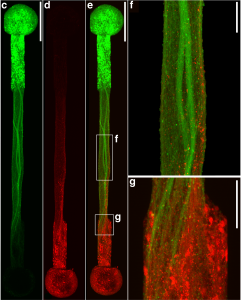
Speaker: Siyu (Sisi) Chen, Ph.D.
Senior Research Scientist
Director of Beckman Institute Single-cell Profiling and Engineering Center
California Institute of Technology
Date: Thursday, February 25, 2021
Time: 3:00-4:00 PM EST
Zoom – check email for link or contact ksas@seas.upenn.edu
Title: “Dissecting Multicellular Therapeutic Responses Using a Large-scale Single-cell Profiling Platform”
Abstract:
Human diseases are fundamentally multicellular in nature with many different cell types contributing to disease progression and treatment response. However, how therapeutics impact each cell type in a heterogeneous population remains poorly understood because most studies are focused on isolated cell types or a handful of pathways. Now, single-cell transcriptional profiling methods allow us to collect a deep molecular portrait of the collective response of heterogeneous populations of cells to any perturbation. In my talk, I will present my research in harnessing the power of single-cell transcriptional profiling measurements to dissect therapeutic response in heterogeneous cell populations. In the first part, I will describe the probabilistic modeling framework I developed for analyzing single-cell population data across perturbations at scale (PopAlign). PopAlign models single-cell data with semantically interpretable, low-error, highly-compressed probabilistic models, which allows fast comparisons across hundreds of samples. In the second part, I will discuss how I applied this framework to analyze a drug response study of over 1.6M human primary immune cells to 500 commercially-available immunomodulatory compounds. While most compounds in the library exert broad impact across multiple cell types in the population, my analysis also reveals highly cell-type specific activity, including a novel myeloid-suppressing function of a group of compounds including NSAIDs and an artificial sweetener. My work provides new depth and insight into how existing compounds reshape immune populations, and a general platform for evaluating and designing population-level responses to therapeutic interventions.
Bio:
Sisi Chen is a Senior Research Scientist and the Director of the Beckman Single-cell Profiling and Engineering Center (SPEC) at Caltech, where she leads a team focused on single-cell technology development. She completed her B.S. in Electrical Engineering at MIT, and her Ph.D. in Bioengineering at UC-Berkeley/UCSF, where she was an NSF and NDSEG fellow working on microfluidic tools for single-cell biology. Most recently, she has developed a computational platform to analyze single-cell transcriptional data at large-scale, and has used this platform to map human immune system responses to hundreds of small molecule immunomodulatory compounds. Her research blends experimental and computational approaches to learning and controlling the collective response of multicellular tissues to therapeutic interventions.


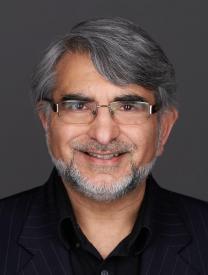
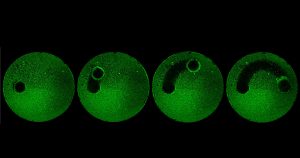 by Beth Adams
by Beth Adams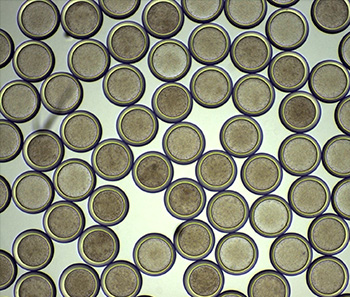 “We have a tremendous global health challenge. Oral diseases and craniofacial disorders affect 3.5 billion people, disproportionately affecting the poor and the medically and physically compromised,” says Dr. Koo, Professor in the Department of Orthodontics and Divisions of Community Oral Health and Pediatric Dentistry, in describing their motivation to form the Center. “There is an urgent need to find better ways to diagnose, prevent, and treat these conditions, particularly in ways that are affordable and accessible for the most susceptible populations. That is our driving force for putting this Center together.”
“We have a tremendous global health challenge. Oral diseases and craniofacial disorders affect 3.5 billion people, disproportionately affecting the poor and the medically and physically compromised,” says Dr. Koo, Professor in the Department of Orthodontics and Divisions of Community Oral Health and Pediatric Dentistry, in describing their motivation to form the Center. “There is an urgent need to find better ways to diagnose, prevent, and treat these conditions, particularly in ways that are affordable and accessible for the most susceptible populations. That is our driving force for putting this Center together.”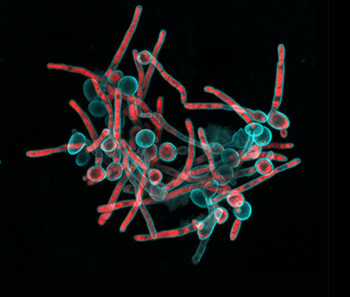 “Tagbo embodies what we are trying to do with the CiPD,” recalls Dr. Stebe. “He had initiative, he identified new tools and important context, and he did good science that may help us understand how to interrupt the disease process and identify new underlying mechanisms that can inspire new therapies.” Dr. Niepa worked on applying microfluidics and engineering to study the oral microbiome and better understand how the interactions between fungi and bacteria could impact dental caries.
“Tagbo embodies what we are trying to do with the CiPD,” recalls Dr. Stebe. “He had initiative, he identified new tools and important context, and he did good science that may help us understand how to interrupt the disease process and identify new underlying mechanisms that can inspire new therapies.” Dr. Niepa worked on applying microfluidics and engineering to study the oral microbiome and better understand how the interactions between fungi and bacteria could impact dental caries.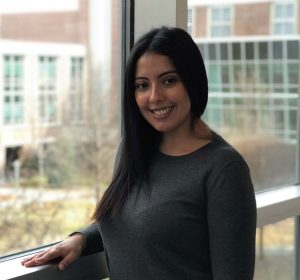 Speaker:
Speaker: 
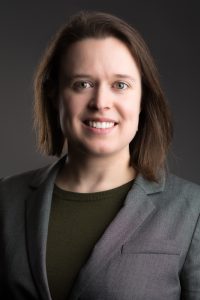 Speaker: Glenna Wink Foight, Ph.D.
Speaker: Glenna Wink Foight, Ph.D.